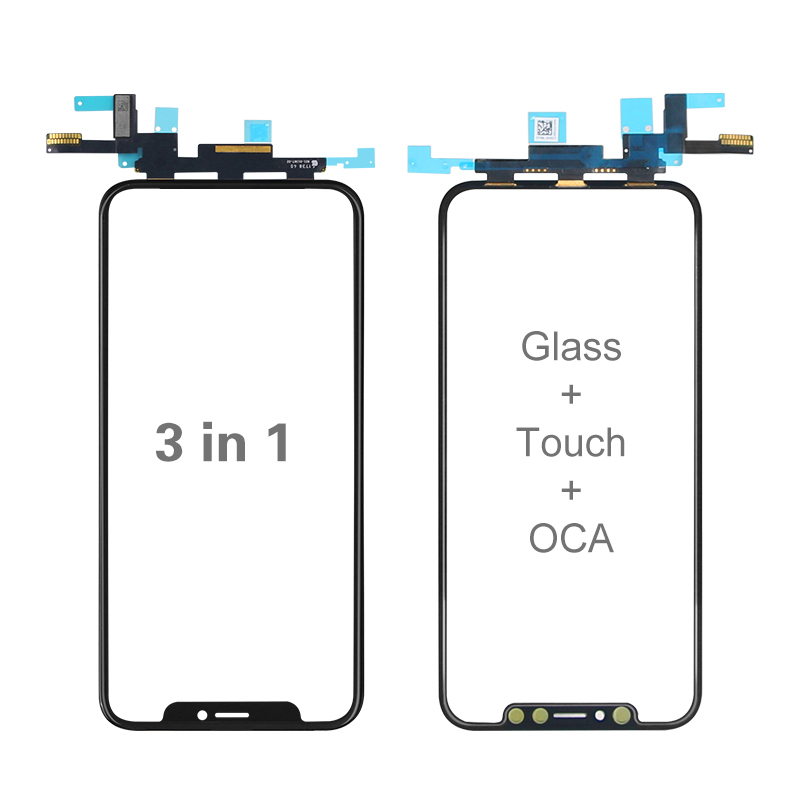Artificial Intelligence
Buying a mobile phone is very tangled, the new non-flagship is still the old flagship?
The pace at which people upgrade their mobile phones is accelerating rapidly. Imagine you just bought an iPhone 7, and while grabbing a bowl of noodles at Shaxian Snacks, you suddenly realize: Oh no, the iPhone 8 has been released. The flagship model in your hand has already become outdated. You’re chewing your noodles, but your mind is already thinking, “I should have waited two more months for the new flagship—it would have been cheaper then.â€
This kind of thought is common among many people. When a phone is first launched, it often feels too expensive, and you might think it’s not worth buying right away. So you wait for sales, discounts, or special offers. But before you know it, the next generation is out, and the old one is now on sale. That’s when you finally decide to buy it.
However, what you may not realize is that time doesn’t wait for anyone—this applies to phones as well. In the past, mobile phones used to last up to five years or more. But with the rapid advancement of technology, the lifespan of smartphones is shrinking. Today, most phones are expected to last only one or two years before being replaced.
As new models come out, the previous flagship often sees significant price drops, sometimes even reaching the price range of mid-range devices. Meanwhile, the hardware in today’s mid-range phones can often match the performance of last year’s flagships. In some cases, the old flagship might even be cheaper than the new low-end model. This brings us to today’s question: Should you go for the new low-end model or the old flagship?
Some people say, “Why even think about this? Obviously, you should buy the latest one!†Others compare this decision to the first problem in the universe, but what I want to explore today is how to make the best choice when it comes to picking a phone.
**Lineage Determines Quality**
Everyone knows that when buying a pet, purebred animals are often preferred. A pure bloodline usually indicates better quality, stronger health, and more desirable traits. The same logic applies to electronic products.
Flagship models from major brands are like the "purebreds" of the phone world. These models are designed to showcase the best of a brand's technology, materials, and design. They often feature the most advanced components and undergo stricter quality control. While no product is completely free of defects, the failure rate of flagship phones is typically very low and within acceptable limits.
Moreover, manufacturers tend to prioritize system updates for their flagship models. These devices often receive the latest software updates for longer periods, keeping them relevant and functional for years. In contrast, lower-end models are sometimes neglected, especially when it comes to receiving future updates. For example, Google’s Nexus 5X and 6P, released in 2015, missed out on the latest Android P update, showing how quickly even popular models can fall behind.
So, within the same brand, the quality of the flagship is generally superior to that of the low-end models. It's like the concept of hierarchy in traditional society—though they're all part of the same family, some are given more attention and value.
**How Many People Buy the New One?**
When deciding between a new phone and an older one, many people follow the advice of online forums: “Buy new, don’t buy old.†But this isn’t always the best approach. For those who love the latest trends and cutting-edge technology, buying the newest model makes sense. They care more about having the latest features than the price.
But not everyone fits into that category. Some people prefer the old flagship because its configuration is still mainstream. Even if it’s only been out for a few months, it can still offer good value with a discount. If the new features of the latest model aren’t essential, they’d rather go with the older one.
Take Apple users, for example. The iPhone X is visually stunning and packed with new features, but its high price makes it less appealing to some. Instead, they opt for a discounted iPhone 7, which still offers strong performance and is considered a top-tier device.
Buying the latest model isn’t always the smartest choice. Sometimes, the old flagship can offer better value for money than the new low-end model. Both options can bring satisfaction, but the key is to choose based on your personal needs and budget.
In the end, the decision to buy a new or old phone depends on your priorities. If you're looking for the latest tech, the new model might be the way to go. But if you’re more concerned about cost and practicality, the old flagship could be the smarter choice. Ultimately, it's about finding what works best for you—not just following trends or marketing hype.
Mobile Phone Touch Screen
The product's black edge is finer and more accurate.Â
Perfect and exquisite pressing detail process.
The product's black edge is finer and more accurate.Â
Perfect and exquisite pressing detail process.

Touch screen is an electronic display that can detect and respond to the touch of a user's fingers or stylus. It allows users to interact directly with the display by touching or tapping on the screen, eliminating the need for a physical keyboard or mouse. Touch screens are commonly used in smartphones, tablets, laptops, and other electronic devices to provide a more intuitive and user-friendly interface.
Â
Touch Panel,Touch Screen Glass,LCD Touch Panel,Lcd Combo,Touch Screen
Dongguan Jili Electronic Technology Co., Ltd. , https://www.jlglassoca.com